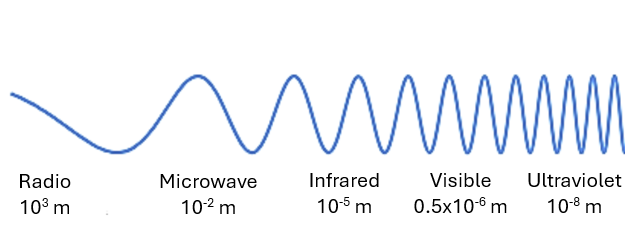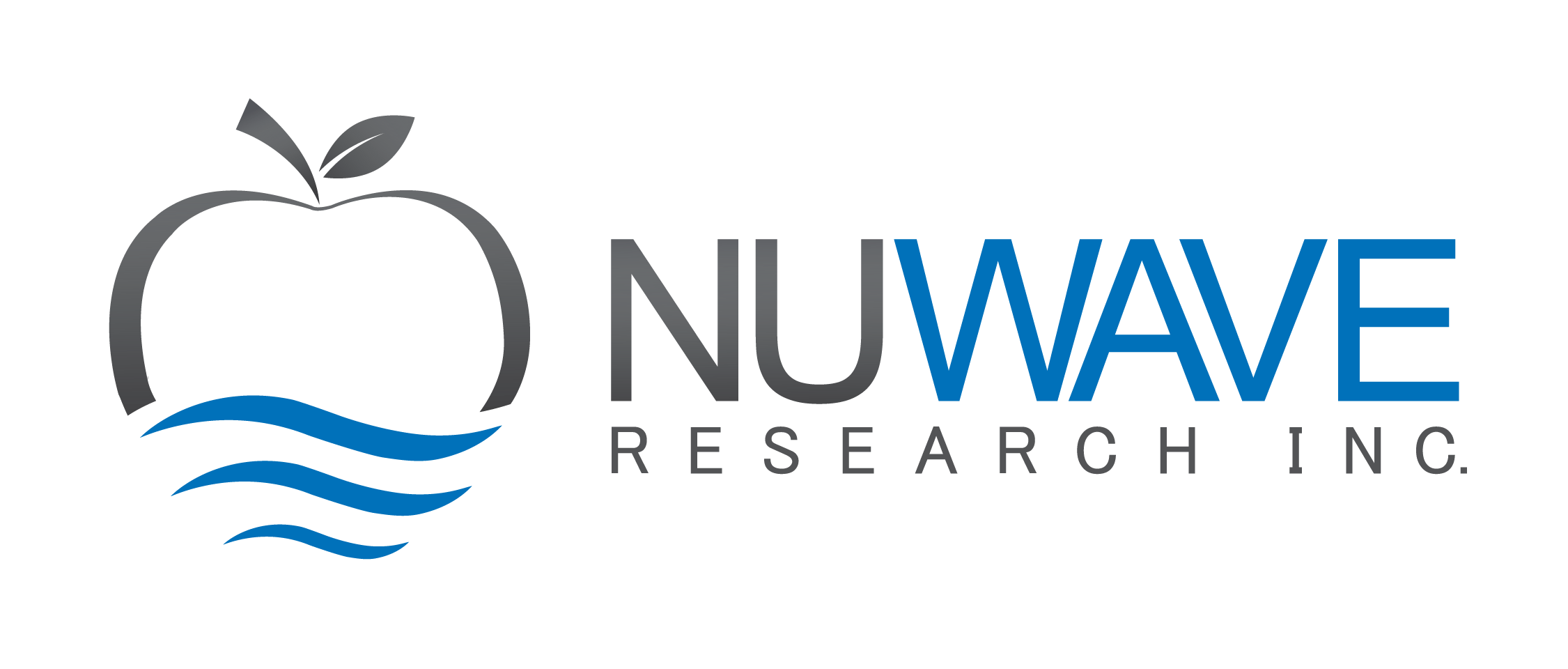ELECTROMAGNETIC DRYING: IR AND MICROWAVE OPERATIONS
PART 2 – IMPACTS OF ELECTROMAGNETIC DRYING ON OPERATIONS
In part one of our series comparing infrared (IR) and microwave drying, we examined how their applications and material penetration depth differ. This is primarily due to differences in wavelengths. IR waves are shorter compared to microwaves, and as result, cannot volumetrically heat material thicker than a few millimeters. This makes IR drying ideal for roasting food products and curing thin materials like paint, paper, and textiles. Alternatively, microwave drying is a volumetric process that penetrates and completely dries material of varying thickness. This makes microwave drying ideal for applications that require uniform heating or relatively thicker materials. For example, some ideal applications include foam, shelf-stable food products, and composite panels.

Diagram illustrating IR and microwave wavelengths in the electromagnetic spectrum.
In part two, we discuss IR and microwave drying operations. Specifically their processing time, operational flexibility, energy sources, footprints, and system design options.
TIME
Optimizing drying speed is essential in industrial processing to maintain product quality, increase throughput, and enhance overall process efficiency. IR and microwave drying operations are both fast processes because of their efficient energy transfer compared to traditional methods. This means little to no time is required to begin heating with IR and microwave systems. Although microwave drying is generally faster. Microwaves target polar molecules throughout the material (a process known as volumetric heating) and have deeper material penetration ability. This allows for rapid moisture removal from the inside out, as opposed to the slower surface-to-core heating caused by minimal penetration into the material with IR (similar to conventional drying).
OPERATIONS
Both systems can be used as a standalone step or added to traditional methods for pre- or post-processing. In addition, both also offer high energy flexibility during operations as they can adjust their energy by zone to accommodate processing speed, and in-coming material temperature.
Microwaves systems are fully electric, while IR systems can be gas or electric powered. Gas powered IR systems require more permits and professional installation services like a gas line connection compared to electric systems. Fully electric systems, like those using microwave energy, offer green emissions-free operation that require little to no permitting. As a result, replacing or combining traditional methods with microwave or electric IR systems could lead to reduced fossil fuel emissions.
Regarding system configuration, IR and microwave systems have smaller footprints with minimal ducting as they require significantly less air handling than traditional methods. IR and microwave drying operations can be batch or continuous and offer various processing options depending on the material and application. For instance, conveyor-based systems are generally for processing flat materials, and mixer/rotary paddle-based systems can be used for slurry or granular materials.
CONCLUSION
IR and microwave drying operations offer small footprints and various system designs, but their processing speed differs primarily due to differences in wavelength penetration depth. In addition, gas-powered IR systems could lead to higher emissions and installation costs compared to microwaves. For optimal results, it is important to consider your specific material characteristics, product goal, and drying requirements when choosing between these technologies. In some cases, a combination of drying methods might provide the best outcome.
LOOKING TO LEARN MORE ABOUT ELECTROMAGNETIC DRYING?
Read our blog describing radio frequency and microwave drying techniques, applications, and operations.
